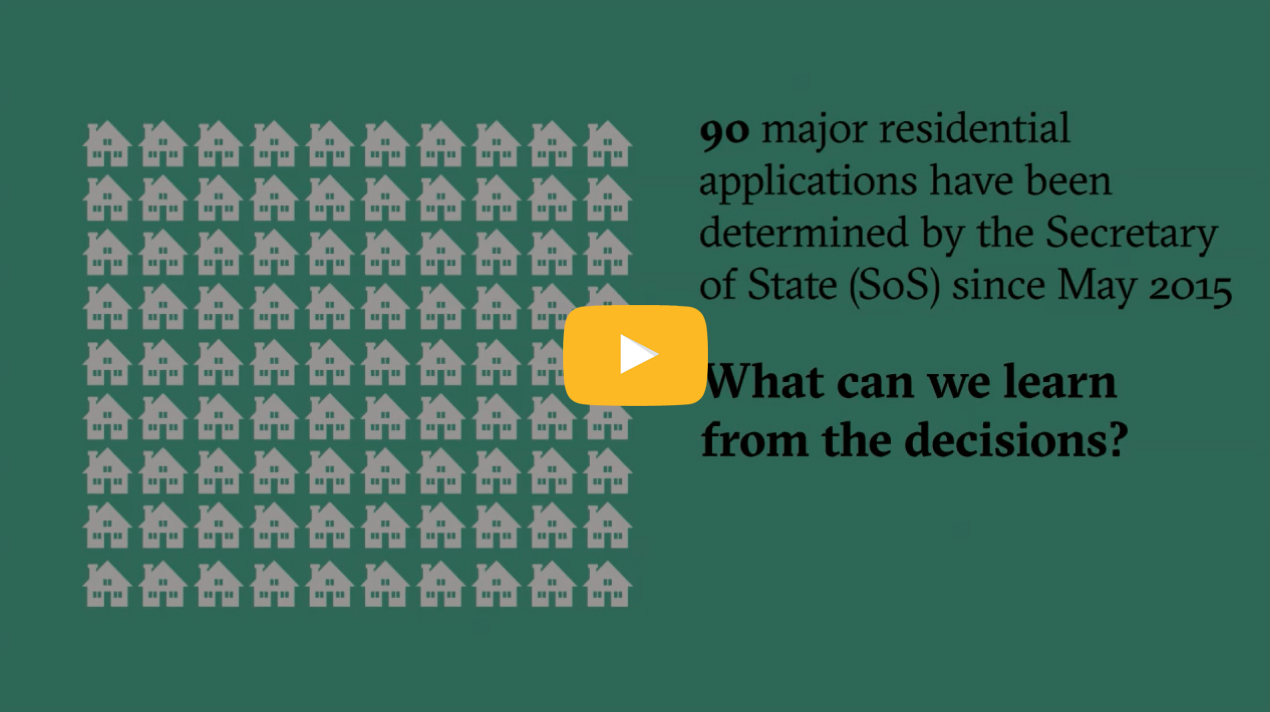With Prime Minister Theresa May’s announcement of the snap election this coming Thursday, we find ourselves yet again about to head to the ballot box – a place that in recent times has become much more familiar. Politics is moving very quickly at the moment. There were local elections in May, preceded by a referendum that decided the UK is to leave the European Union in June 2016 – and it is only two years since the last general election held in the UK in 2015. Perhaps it is no surprise that we find ourselves about to vote again.
So, what has happened in this time? Of course, we are all aware of the big headlines –Brexit, the resignation of Prime Minister David Cameron and of course, the Home Secretary’s surprise ‘promotion’ to Head of our Government. What is less-well-publicised however is how these shifts and the inherent political uncertainty have directly impacted on the social, economic and environmental decisions being made by our governing body, particularly in relation to the housing crisis. The Housing White Paper, published in February this year, consolidated Government thinking on how to boost supply by a mix of interventions ‘in exchange’ e.g. for the housebuilding industry being more committed to building out planning permissions.
Of particular note too, is how the change in Government and a new Secretary of State (SoS) for Communities and Local Government (DCLG) directly impacted SoS intervention in, and determination of major residential applications. For example, were you aware that 90 major residential applications have been determined by the SoS since the 2015 General Election? And, that in this time, the SoS allowed over 15,000 homes but dismissed proposals for almost 10,000 units? Or, that since becoming SoS, Sajid Javid has dismissed over 7 times as many homes in Neighbourhood Plan Areas as the previous Communities Secretary Greg Clark (whilst in office from May 2015 to July 2016)? For the majority, these statistics are not common knowledge, due in no small part to the political turbulence that has enveloped the country over the past 12 months and that continues in the run-up to what is arguably one of the most important general elections in our country’s recent history.
The below animation explains these statistics; we look back over the last two years (starting from the 2015 general election) and analyse the SoS’ determinations of major residential applications. The result is a series of key figures which provide a timely review in the last few days before the forthcoming election - highlighting key findings that include an apparent increase in the importance of neighbourhood plans in SoS decisions and 5 year housing land supply not being as significant in decision-making perhaps as it previously was.

The publication of the Conservative and Labour manifestos set the scene for the major parties’ approach to dealing with the housing crisis. Whilst they clearly differ on a number of key priorities, including affordable housing, affiliation with the Housing White Paper and preference of bodies for delivery,
there is a general consensus between the major parties that far more housing is needed. Both set targets to deliver at least a million new homes over the coming years. The analysis undertaken in this animation indicates that SoS decisions are, in part at least, inconsistent with this objective. Most notably, our research has highlighted a drop in approvals of 12% since Sajid Javid became SoS. Whilst we acknowledge that this fall will be related to the merits of the individual applications and appeals that come before the SoS, we note that the political consensus that more homes are needed is not always reflected in the tough decisions relating to actual sites. There is an apparent disconnect between national policy and political objectives.
The current political environment casts more uncertainty over future SoS decision-making trends. No matter what the outcome is on Thursday, it will be interesting to see how new shifts in the country’s political make-up impact on SoS decisions.
Let’s see what the 8th of June brings!
Sources:
https://www.gov.uk/government/collections/planning-applications-called-in-decisions-and-recovered-appeals



